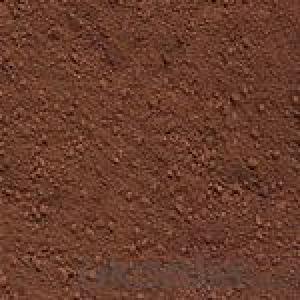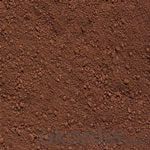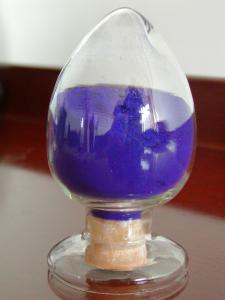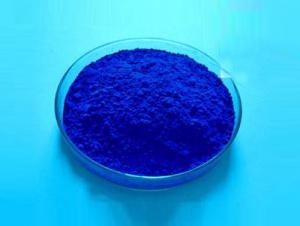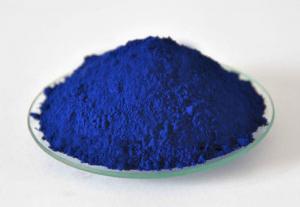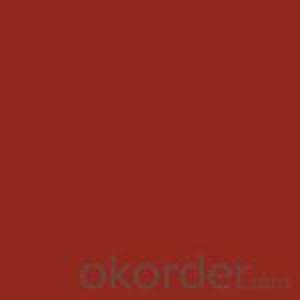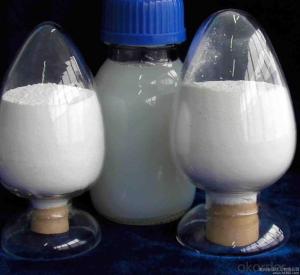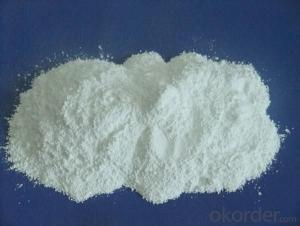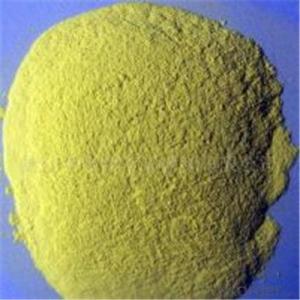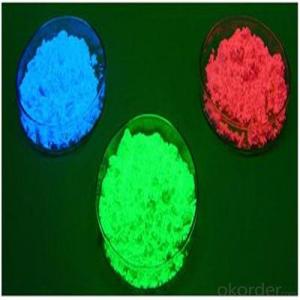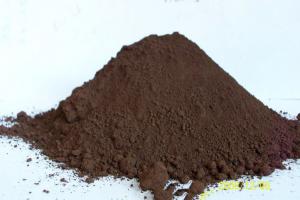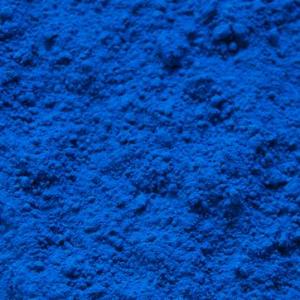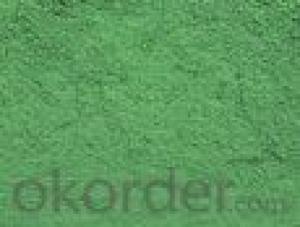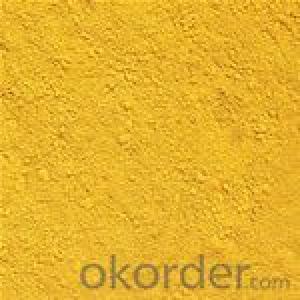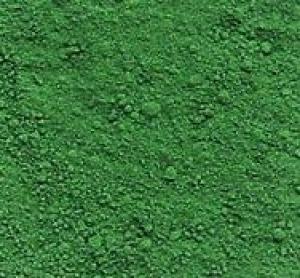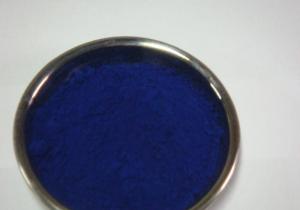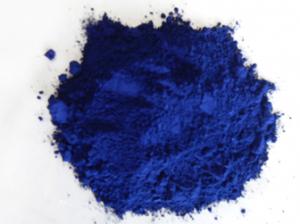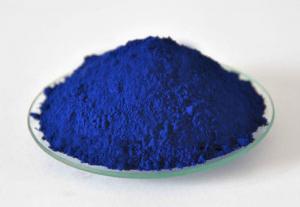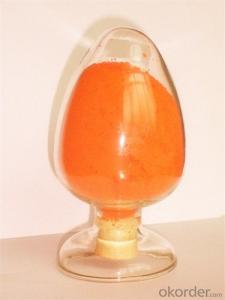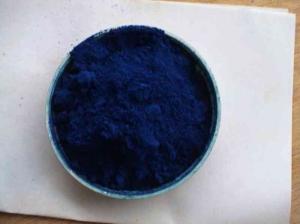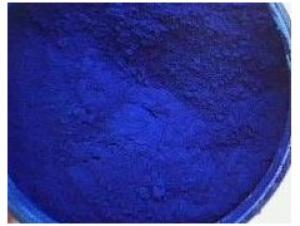Iron Oxide Brown Pigment 610
- Loading Port:
- China Main Port
- Payment Terms:
- TT OR LC
- Min Order Qty:
- -
- Supply Capability:
- -
OKorder Service Pledge
OKorder Financial Service
You Might Also Like
Quick Details
· CAS No.: 1309-37-1;1317-60-8;1332-37-2
· Other Names: Ferric Oxide
· MF: Fe2O3
· EINECS No.: 215-168-2;215-275-4;215-570-8
· Place of Origin: (Mainland)
· Usage: Ceramic Pigments, Coating Pigment, Cosmetic Pigment, Ink Pigments, Plastic & Rubber Pigment, Leather Pigments, cement/concrete parts pigments
· Model Number: 610
· Type: Iron Oxide
· Style: Inorganic Pigment
· Product Name: iron oxide brown pigment
· Color: black
· Type: 610
· Fe2O3 component: from 90% to 98%
· Moisture: black, <1.5% red,yellow,green<1%
· PH value: 4-7
· Apparent Density: 0.7g/cm^3-1.1 g/cm^3
· Particle shape: spherical,irregular,acicular
· Inspection/certification: SGS,CIQ,BV,Asia Inspection
· Package: pp or colored valve or super bags
Packaging & Delivery
Packaging Details: | 1. 25kgs thermo-fusible bags 2. 25kgs paper bag with plastic inner 3. 25kgs colored valve bag 4. 600kgs or 1000kgs super or jumbo bags 5. 1 tons or 1.25 tons wooden pallet 6. other customized package like the drum etc |
Delivery Detail: | within 15-20 days after signing the contract |
Specifications
iron oxide black pigment
1.red/yellow/blue/green/brown
2.SGS/BV/ISO9001 inspected
3. tinting strength>95%
4. chromatism<1
1: Brief introduction of the iron oxide pigment:
The Iron oxide pigment is made by iron, hydrochloric acid, sodium hydroxide which is adopted wet processing method...
As the most important inorganic colorant, the iron oxide pigment is characterized with strong tinting strength,easy
dispersibility,excellent fastness and good weather resistant, it is widely used in the concrete roofing tile,paver,
stucco,masonary,paint,coating,rubber, plastic,paper and leather industries...
2. The technique data and specification of the iron oxide pigment:
Item | Index |
Primary color |
|
Diluted color |
|
Iron content (Fe3O4) 105℃ drying%≥ | 90 |
Fineness (325 mesh wet sieve residue)%≤ | 0.3 |
Oil absorption, g/100g | 20-25 |
Moisture & 105℃ volatile% | 1.5 |
Water solubles% ≤ | 0.3 |
Water suspended matter PH value | 4-7 |
Relative tinting strength (compared with standard sample%) ≥ | 100±2 |
3. The application of the Iron oxide pigments:
A: Iron oxide pigment is used as dye or colorant in various prefabricated concrete parts and architectural products and material,
it is directly added into cement to color up various indoor and outdoor cement surface, for example: wall,terrances,ceilings,
pillars,corridors,roads, car-parking stairs as well as building ceramic and glazed ceramics.. like facing bricks, floor tile, roofing
tiles,panels,terrazzo,mosaic tiles,artificial marbles,etc...
B: Iron oxide pigment is also applicalbe to different coating and protetive materials, including water-based exterior wall paint,
and powder coating, as well as to oil paints. such as epoxy,alkyd,amidogen, and some other primier and finish paint.. it can be
used in toy paints,decorative paints,furniture lacuquers,electrophoresis paints, and enameled paints,etc..
C:Iron oxide pigment is also used coloring material for plastic products like the thermosetting plastic and thermoplasstic,
as well as in rubber products, such as tyre tubes for bycle,automobile,etc..
4. The package and transporation, loading conditions of the Iron oxide pigments:
A: The package of Iron oxide pigment:
a:25kgs thermo-fusible bags
b:25kgs paper bag with plastic inner
c:25kgs colored valved bag
d:600kgs or 1000kgs super or jumbo bags
e:1 ton or 1.25 tons wooden pallet
f:other customized package like the drums etc..
B: The quantity of each iron oxide pigments can be loaded:
a: Iron oxide red 25kgs craft paper bags, 22 MT per 20ft container
b: Iron oxide yellow 25kgs craft paper bags, 13MT per 20ft container
c: Iron oxide black 25kgs craft paper bags, 20MT per 20ft container
5. Why choose us as the supplier of the iron oxide pigments:
A: Professional:
21 years experieance focusing on pigment industry, professional guide and throughly market analysis..
B: Quality control:
high quality raw material, advanced equipment, accept SGS,BV,Asia inspection, ISO9001 certification..
C: Competitive price:
strictly control the production cost, factory producing, lower product profit strategy
D: Best service:
quick delivery time, 24 hours quick response, quick reaction for any questions or problems
E: Sample free:
All sample is free, customer just need to pay the charges of express, when the sample is qualified,
will pay back the sample express fees back from trial order..
G: Good credit:
attend the china internal coating exibiton held in guangzhou and shanghai
6. The situation of our customers :
We only focus on pigments,especially inorganic pigments including iron oxide pigment, chrome yellow and
orange,XD titanium pigments, new iron titanium anticorrosion powder.. we got ISO9001certification and accept
SGS,BV,Asia inspection or other third party inspection before shipment..
We has been exported our goods to south korea, malaysia,Russia,Somalia,Ethiopia,
America,Brazil,Central asia for good quality and best credit...
7. Other informations:
A:Moq: 5 Tons
B:Payment Term: TT or L/C sight
C: H.S code: 2821100000
- Q: Are carontenoids and anythocyanin accesory pigments.
- Accessory Pigments
- Q: What pigments are used in photosynthesis?
- Chlorophyll(green) is the primary pigment used in photosynthesis. Besides chlorophyll, plants also use pigments such as carotenes(orange) and xanthophylls(yellow).
- Q: i would like to now so i could put it in a marker thanks..
- Isn't all ink pigmented? A quick search for make your own ink turned up many recipes. Here is one: Basic Permanent Black Ink: 1 egg yolk 1 tsp gum arabic 1/2 cup honey 1/2 tsp lamp black (buy in a tube or make by holding a plate over a lit candle) Mix egg yolk, gum arabic and honey in a small bowl.
- Q: Know this ounds kinda obvious but just wanted to confirm, is there more pigment in the middle of the beetroot than on the edges?
- I've known it to be in the skin and thats from a cooking point of view.
- Q: does photosythesis requier pigment moulecuels?
- Pigments are needed, because they absorb the energy from the light. Different chlorophylls absorb different wavelengths. When pigment absorbs the photon, it releases an electron, which is used in photosynthesis as energy. Without pigment the light would just past through or reflect and no energy would be left to the cell to be turned into sugar.
- Q: what the book says is that they 'harvest additional wavelengths.' i don't know what this means to how its an advantage.. can somone explain?
- Each photon has a particular wavelength, determined by the photon's energy. A pigment such as chlorophyll can only absorb photons in particular wavelength bands, matching the energies of available electron transitions to excited states. For chlorophyll, these bands are in blue and red -- the green color of most leaves is due to the waste light that is not absorbed by chlorophyll, while red and blue photons can be absorbed and used to power photosynthesis. An accessory pigment can absorb a photon that has a wavelength (color) outside of the bands that chlorophyll is able to absorb and can pass some of the absorbed energy on to chlorophyll, getting rid of the excess energy in another form, such as heat. A pigment might be tuned to absorb a photon of yellow light; the absorbed energy, stored in the excited state of an electron, is called an exciton (the photon becomes an exciton, so energy is not created or destroyed). The exciton can be passed to a chlorophyll, but only with the same energy as the red photon that the chlorophyll could normally absorb directly. The excess energy, the difference in energy between the yellow and red photon, must be dissipated in another form. This process allows a plant to harvest photons that would otherwise be unavailable to its photosystems. Consider how this would be an advantage to a plant living on a shaded forest floor, or to a planktonic cyanobacteria floating in the water below other photosynthetic algae, in regions where photosynthetically useful photons are scarce.
- Q: I have been looking over the internet and have yet to find the details I need. Such as the function and development of Pigments.
- The most important characteristics of pigments are: 1. They impart a colour to the medium to which they are applied. Remember that you can get white pigments, titanium dioxide, and black pigments, carbon black is typical. The pigments impart a colour merely by their presence , they are mostly chemically inert.They need some binder to fix them to the substrate. 3.They are insoluble in the carrier in which they are processed. 4. Pigments can be inorganic or organic, but the majority have a metal in their structure. 5. Pigments can occur naturally, but synthetically produced pigments to precise standards are by far the most used in industry. 4. In contrast to this, colourants that dissolve in the medium in which they are processed are called dyes or dyestuffs. 5.Dyes are by and large purely organic in structure, and do not contain metals in their chemical formulation. 6. Dyes undergo a chemical reaction with the substrate which they colour. 7. There is also a third type of product called an extender or filler. In the surface coating industry clays, calcium carbonate, etc fill this role. They do not add any colour to the paint, they become transparent in the paint binder medium, because of their low refractive index. They add body to the paint.
- Q: what is pigment?
- a pigment has some kinds like biological pigment and arsenic pigment. i dont know much about the arsenic pigment. i would just tell something about the biological pigment. in biology, pigment is any material resulting in color of plants or animals cells. many biological structures like eyes,fur,hair and skin contains pigments like melanin in specialized cells called chromatophores.
- Q: I have dyed my hair dark brown for months now it keeps fading because i've had bleach on before hand, so I need some advice on buying decent hair dyes for pre-pigmenting it so my hair dye stops fading out into a horrible gingery brown!
- once you coloration your hair from blonde back to brown, you will possibly be able to desire to place the 'coloration' back into the hair as while that's bleached, that's stripped of coloration. hence you will possibly be able to desire to place the purple back into your hair. attempt making use of a mahogony coloration which has purple in it. this might forestall that green hue interior the hair. keep in mind, purple fades quicker than the different coloration so as quickly as the purple interior the colour starts to vanish seem boring, you are able to then use a typical brown in case you desire, or shop fresh while needed with the purple/brown. desire this enables.
- Q: If they are not the same, then what is the difference? Please help me out here.
- Yes, tannins are pigments but they aren't really the main plant pigment. Plant pigments usually refer to photosynthetic pigments (chlorophyll, carotenoids, etc.). These photosynthetic pigments give the leaves their green color (or yellow/orange in the fall). Tannins are non-photosynthetic phytochemical (involved in plant metabolism and internal functioning), but they are also a pigment. Tannins (and lignins) are brown. This is was gives dead leaves and wood their color. Tannins also leach out of the leaves when soaked in water (same process as brewing a cup of tea). So tannins are pigments when they leach out of leaves and stain water (or other things) brown, but they are not photosynthetic plant pigments. In other words, it depends on what context you are calling a tannin a pigment. In a live plant they are not a pigment (judgment call here). In a dead leaf or when they leach out of a leaf they are a pigment.
Send your message to us
Iron Oxide Brown Pigment 610
- Loading Port:
- China Main Port
- Payment Terms:
- TT OR LC
- Min Order Qty:
- -
- Supply Capability:
- -
OKorder Service Pledge
OKorder Financial Service
Similar products
Hot products
Hot Searches
Related keywords
